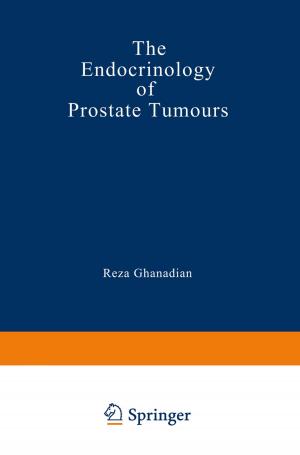Cardiac Left Ventricular Hypertrophy
Nonfiction, Health & Well Being, Medical, Specialties, Internal Medicine, Cardiology| Author: | ISBN: | 9789400967595 | |
| Publisher: | Springer Netherlands | Publication: | December 6, 2012 |
| Imprint: | Springer | Language: | English |
| Author: | |
| ISBN: | 9789400967595 |
| Publisher: | Springer Netherlands |
| Publication: | December 6, 2012 |
| Imprint: | Springer |
| Language: | English |
Left ventricular hypertrophy (LVH) is usually considered to be a compen satory adjustment of heart muscle to an inreased work load. LVH develops in the course of valvular or congenital heart disease, or when part of the myocardium is damaged by long-standing ischemia or infarction. In the hypertrophied heart the muscle fibers increase in size, not in number. The fibers are found to contain a larger number of myofibrils and the cell organelles are larger. From epidemiologic studies it is known that even mild LVH is associated with myocardial ischemia, ventricular arrhythmias, and sudden cardiac death. Most cases of LVH show focal degenerative tissue changes including cellular atrophy, myofibrillar disorganization, interstitial fibrosis, and loss of intracellular connections. Myocardial dysfunction develops and, unlike the functional adaptive changes found in pure hypertrophy, is not reversible by surgical treatment of the valvular heart disease or medical correction of hypertension. Interstitial fibrosis, intracellular changes of musc Ie cells, and loss of contract ile tissue lead to poor mechanical function and undoubtedly increase the risk of ischemia, arrhythmias, or sudden death, a well-recognized problem in patients with a variety of heart diseases. Even When successfully treated, the patients may remain at risk if the compensatory hypertrophy is not fully reversed. Epidemiologic studies conducted in the Framingham population in the early 1950' s demonstrated LVH according to electrocardiographic criteria in 1. 5% of the population; 2% of the population had LVH according to chest X-ray criteria.
Left ventricular hypertrophy (LVH) is usually considered to be a compen satory adjustment of heart muscle to an inreased work load. LVH develops in the course of valvular or congenital heart disease, or when part of the myocardium is damaged by long-standing ischemia or infarction. In the hypertrophied heart the muscle fibers increase in size, not in number. The fibers are found to contain a larger number of myofibrils and the cell organelles are larger. From epidemiologic studies it is known that even mild LVH is associated with myocardial ischemia, ventricular arrhythmias, and sudden cardiac death. Most cases of LVH show focal degenerative tissue changes including cellular atrophy, myofibrillar disorganization, interstitial fibrosis, and loss of intracellular connections. Myocardial dysfunction develops and, unlike the functional adaptive changes found in pure hypertrophy, is not reversible by surgical treatment of the valvular heart disease or medical correction of hypertension. Interstitial fibrosis, intracellular changes of musc Ie cells, and loss of contract ile tissue lead to poor mechanical function and undoubtedly increase the risk of ischemia, arrhythmias, or sudden death, a well-recognized problem in patients with a variety of heart diseases. Even When successfully treated, the patients may remain at risk if the compensatory hypertrophy is not fully reversed. Epidemiologic studies conducted in the Framingham population in the early 1950' s demonstrated LVH according to electrocardiographic criteria in 1. 5% of the population; 2% of the population had LVH according to chest X-ray criteria.















